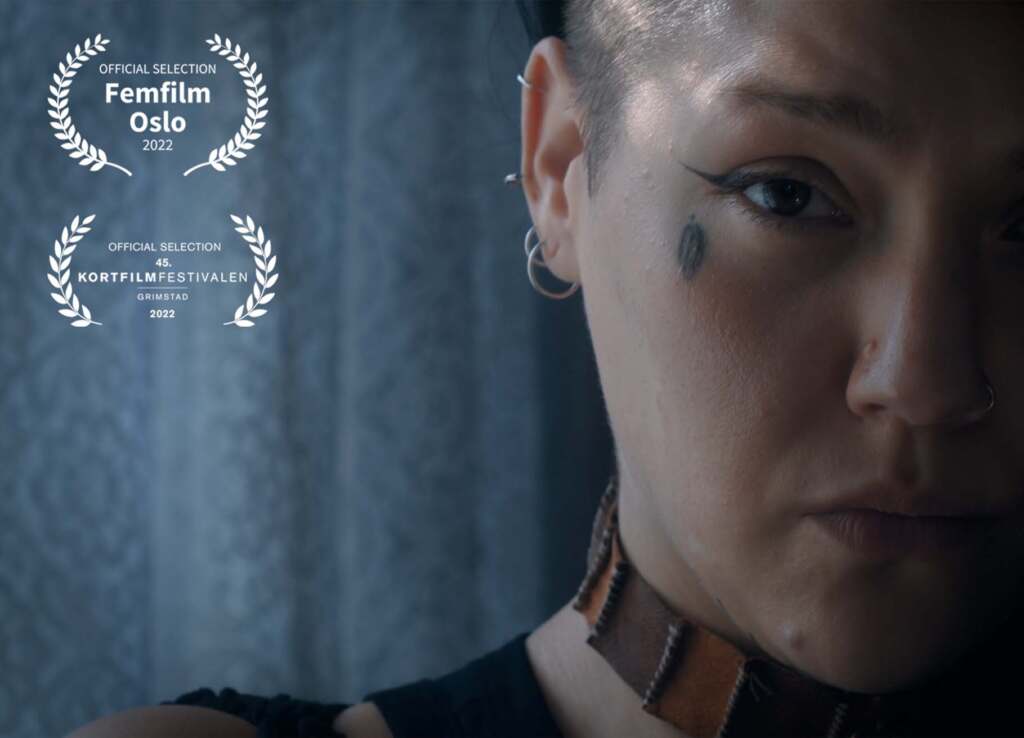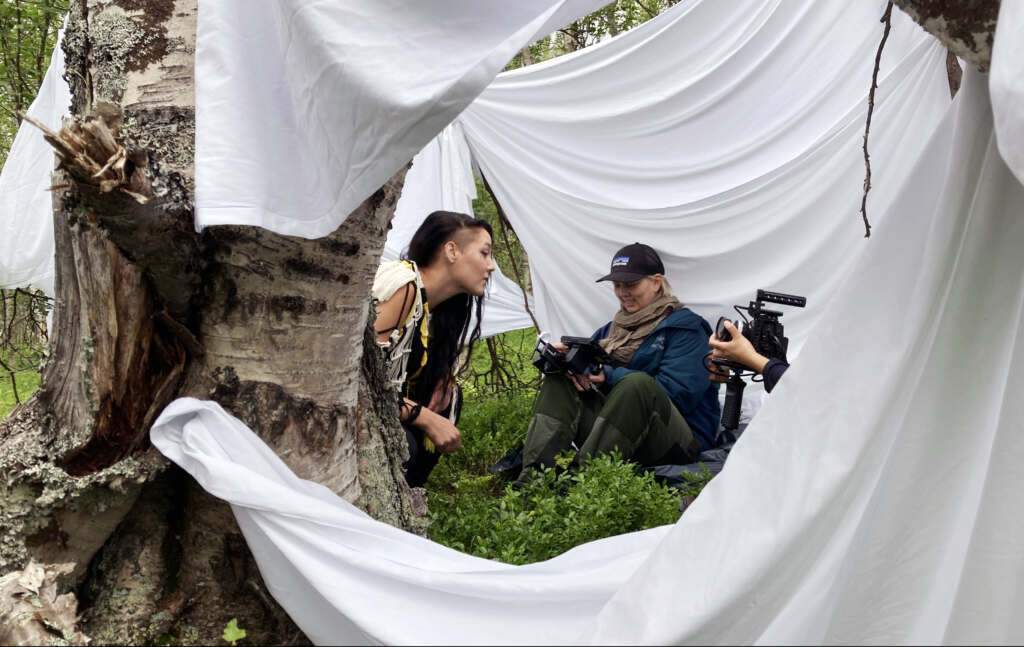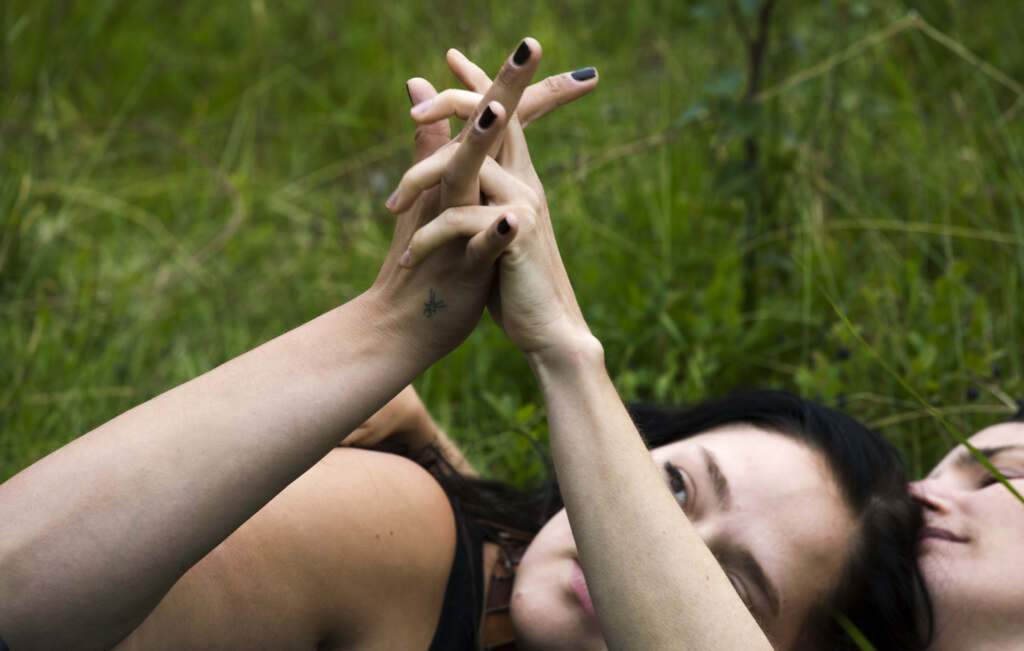Skádja at The 45th Norwegian Short Film Festival

The project formerly known as Ultima Thule, received financing for production by the NFI in June 2021, and producer Helene with director Eili made a brave decision to go ahead with the shoot in the north of Norway in July, despite uncertainties related to travel and COVID-19. The experimental short film, combined with an art installation, explores a surrealistic universe of dance, music, Sami culture, northern Norwegian nature, and references to witch prosecutions, focusing on the position of women and minorities in our society. The short premiered on Femfest in Oslo in the end of April 2022, and is now part of the program for the Norwegian Short Film Festival in Grimstad. We had a talk with Eili after the shoot in Norway.
Did you always have a sense that this is the kind of work you would do?
I have always had an urge to do creative things. When I started studying art photography I had no idea where my work would take me. Eventually my still photography evolved into video and moving images, and I’m now also writing, filming, directing and doing live visual performances. I like that I can express myself in many different forms, learning new things and collaborating with artists from different fields.
You spend your time in Berlin and in Norway. How do the two places influence your work and creative process?
There are huge contrasts between the quietness of the countryside of northern Norway, and the pulsating city Berlin (at least before Corona). Both places inspire me in very different ways. I think it somehow forces me to reflect around what I actually do and why I do it.

Can you talk a bit about your background? In your films, you mix a lot of disciplines. What way do you feel that your background has shaped you as a filmmaker?
Having interest in and background from photography, the aesthetic aspect is always very important to me, and I love how one single images in itself can tell a story. When I write a scene I often build it up based on my visualisation of one single image, and I expand the scene from there.
Also, I want to collaborate with other artists and create something artistic, so all these huge film production sets don’t appeal to me. I’m much more interested in creating an organic workflow where everyone involved can take part in making the film.
You write, develop and direct the concept in your projects. Are there particular themes that you’re always going back to in your work?
I think the topics tend to change a bit depending on what I am interested in at the moment. Although I think there are certain things that I get back to: feminism, queer identity, sexuality, Samí and Kven culture, inner conflicts, traumas, dreams, love… Performance-like bodywork, dance, and movements, are also returning elements in my work. Film is such a powerful medium, it can evoke emotions even without any dialogue.
In filmmaking we often work from a very fixed progression: script – shooting – editing, and with your filmmaking, you are trying out something that is not necessarily so linear. In your latest project you did together with the cast and crew; create, shoot and edit, all at the same time. What do you think this method has added to your film, both in the production and the end result?

I’ve been working on the script for Skádja for years and knew what I wanted with it, so I felt more than ready to bring it into production. I wanted to let it come to life and at the same time be playful and have fun while doing it! That’s why I set it up almost like a workshop, where we all lived together on a farm for some weeks and made the whole film there. It’s a queer film, made by queer film workers and artists in a mega creative and completely safe space. We were cooking together, helping each other, and contributing wherever it was needed. It was a great experience and I would love to work like that again.